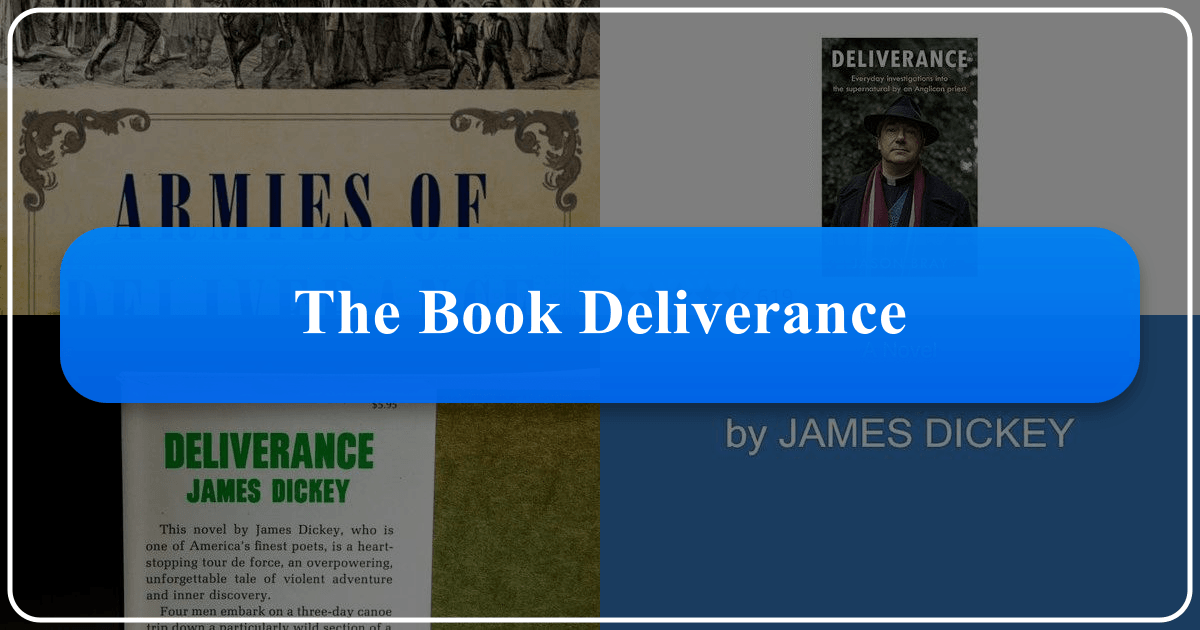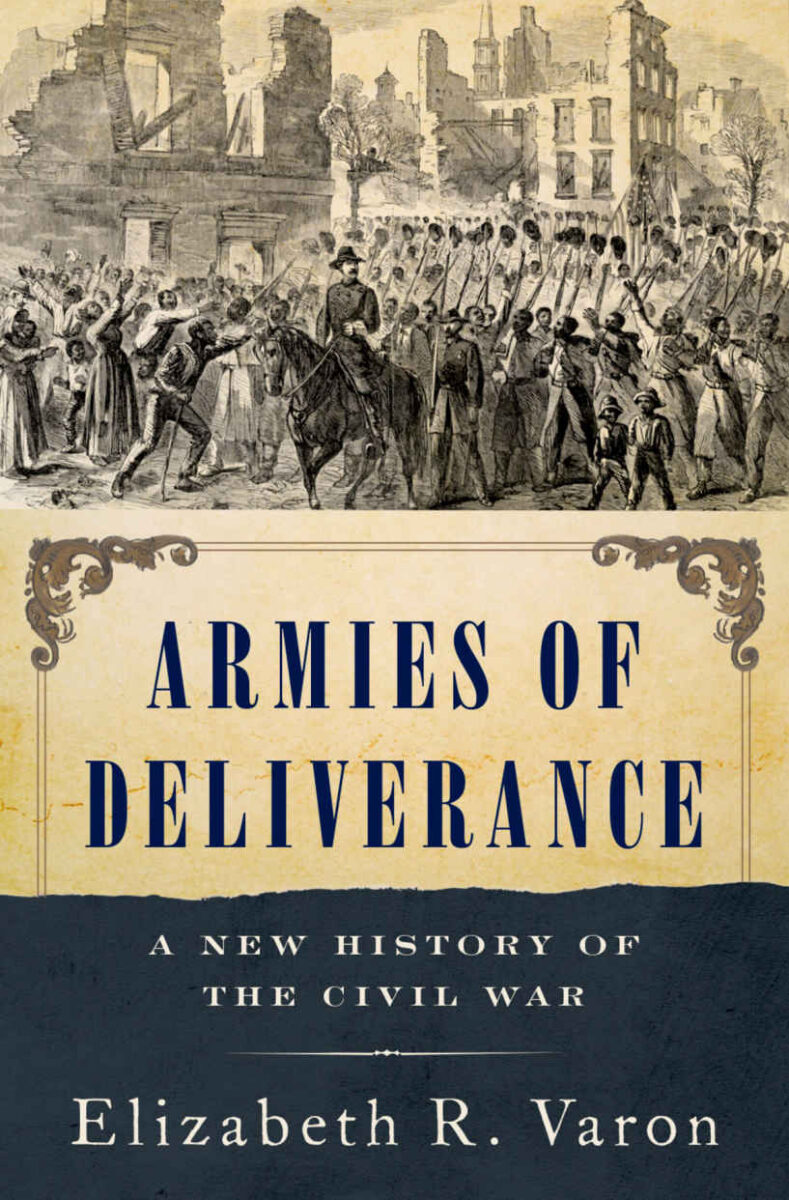Deliverance: A Deep Dive into James Dickey's Wilderness Thriller

James Dickey’s Deliverance, a 1970 novel, transcends its thriller genre classification to become a powerful exploration of masculinity, morality, and the brutal confrontation between civilization and nature. Its enduring popularity is fueled not only by its gripping plot but also by its evocative prose, complex characters, and enduring thematic resonance. This exploration delves into various aspects of Deliverance, using the framework provided, examining its literary merit and cultural impact.
The Genre-Bending Thriller: A Synopsis of Deliverance
Deliverance follows four middle-aged, middle-class men from a large Georgia city – Ed Gentry (a graphic artist and the narrator), Bobby Trippe (an insurance salesman), Drew Ballinger (a soft drink executive), and Lewis Medlock (a physically fit outdoorsman) – as they embark on a weekend canoe trip down the fictional Cahulawassee River. Their journey is a final hurrah before the river is dammed, forever altering the wild landscape. The trip, ostensibly a recreational adventure, quickly descends into a harrowing struggle for survival.

Their initial encounters with the local populace, including a memorable encounter with an albino banjo player, foreshadow the tension that will characterize their journey. The seemingly idyllic wilderness setting gives way to a terrifying confrontation with two backwoods men. The subsequent events – a brutal attack that leaves one man raped and another murdered – shatter the veneer of civilized behavior, forcing the protagonists to confront their deepest fears and instincts.
The ensuing escape down the increasingly treacherous river is fraught with peril. The men grapple with their morality, choosing to bury the body to avoid the potential consequences of a trial involving the victim’s relatives in a hostile environment. The journey is marked by both stunning natural beauty and terrifying moments of violence and physical endurance. The loss of one of their companions during the harrowing rapids of a gorge further accentuates the desperation of their situation, culminating in a tense, almost primal hunt by Ed to neutralize their attacker lurking at the top of the gorge.

The survivors eventually reach civilization, forever altered by their ordeal, but their traumatic experience remains largely unspoken, leaving the reader to ponder the psychological impact of their actions and their choices.
Exploring the Characters: From Suburbia to Survival
The characters in Deliverance are not archetypes but flawed, complex individuals. Ed, the narrator, reveals his own discontent with his monotonous life and his yearning for something more profound. His journey down the river becomes a metaphor for his internal struggle, a quest for “deliverance” from the ennui of his ordinary existence.

Lewis, the experienced outdoorsman, embodies a primal instinct for survival. His fascination with the wilder aspects of life, and his preparations for a potential societal collapse, act as a stark contrast to the other, more conventional men in the group. His survivalist views and approach to the ensuing violence shape the decisions made by the group, particularly in dealing with the dead body of their attacker.
Bobby and Drew represent the vulnerability and fragility of those unprepared for the harsh realities of the wilderness. Bobby’s rape in particular highlights the vulnerability of the idealized masculinity represented by the group, challenging the readers’ conceptions of male strength and stoicism. This attack forms a crucial turning point of the narrative and is far more disturbing than the film adaptation suggests.
The two backwoods antagonists, though briefly depicted, become symbols of a different kind of survival, of a way of life threatened by societal change. Their violent actions are presented as a reaction to a changing world, underscoring the complexity of the human condition in the face of societal shifts and the disruption of traditional values.
The River as a Character: Natural Beauty and Brutality
Dickey’s masterful prose elevates Deliverance beyond a simple adventure story. The Cahulawassee River is not merely a setting but a character in itself, a force of nature that reflects the capriciousness and danger of the wilderness. The descriptions of the river’s beauty are as powerful as those of its terrifying rapids and unforgiving current. The river’s relentless flow, its beauty, and its potential for destruction parallel the emotional and psychological journey experienced by the characters. The shifting dynamics of the river mirrors the unpredictable nature of their experience, highlighting the precariousness of their situation and the power of nature over man.
Themes and Literary Significance: Exploring the Primal and the Civilized
Deliverance explores several significant themes that have contributed to its lasting relevance.
Masculinity and its Limits: The novel challenges traditional notions of masculinity. The characters’ initial bravado and attempts to embrace a hyper-masculine ideal are shattered by the violence they encounter and the vulnerability they experience. The rape of Bobby is crucial in subverting and questioning the assumptions about male strength and power.
Civilization vs. Wilderness: The story starkly contrasts the ordered world of suburbia with the untamed wilderness. The men’s carefully constructed lives are thrown into disarray by the raw power of nature and the unexpected violence they experience. The encounter forces a confrontation with the primal instincts hidden beneath the surface of their carefully curated lives.
Morality and Survival: The novel raises complex moral questions about survival, justice, and revenge. The men’s decision to cover up the murder and the subsequent events force readers to consider the difficult choices faced by individuals in extreme circumstances and the limitations of conventional morality.
Loss of Innocence: The journey marks a loss of innocence for all four men. Their encounter with brutality irrevocably alters their perceptions of themselves, their relationships, and the world around them. The pristine and supposedly controllable wilderness reveals itself as unforgiving and indifferent, leaving a lasting impact on their psyches.
The Power of Storytelling: The first-person narrative allows the reader to intimately experience Ed’s perspective, his evolving emotional states, and his moral compromises. His narration shapes the reader’s interpretation of the events, influencing our judgment of the characters’ actions.
Cultural Impact: From Novel to Film and Beyond
Deliverance has had a profound cultural impact, extending beyond its literary merit. The 1972 film adaptation, directed by John Boorman and starring Burt Reynolds, Jon Voight, Ned Beatty, and Ronny Cox, became a cultural touchstone, solidifying its place in popular consciousness. The iconic “Dueling Banjos” scene and the graphic depiction of violence contributed to the film’s notoriety. The film however, omitted crucial elements such as Ed’s discontent with his job as a graphic designer and diluted the homophobic undercurrents that add a layer of complexity to the novel.
The novel has been frequently cited in literary circles and has been included in several “best of” lists, including the Modern Library’s 100 Best Novels of the 20th Century and Time magazine’s 100 best English-language novels. Its enduring popularity lies in its ability to engage readers with both its exciting plot and its profound exploration of human nature. The novel continues to generate discussion and analysis, making it a significant work in the landscape of American literature.
Conclusion: The Enduring Power of Deliverance
James Dickey’s Deliverance is more than just a thrilling adventure story; it is a complex and deeply resonant exploration of human nature in the face of primal forces. The novel’s enduring power lies not only in its gripping plot but also in its exploration of complex themes, its beautifully evocative prose, and its memorable characters. Its cultural impact extends far beyond the page, securing its place as a significant work of American literature, continuing to spark discussion and analysis for decades to come.